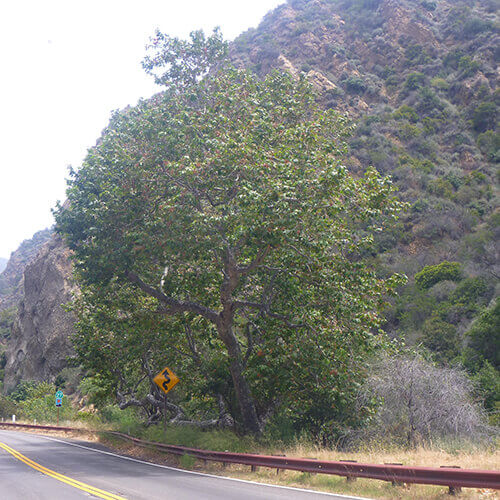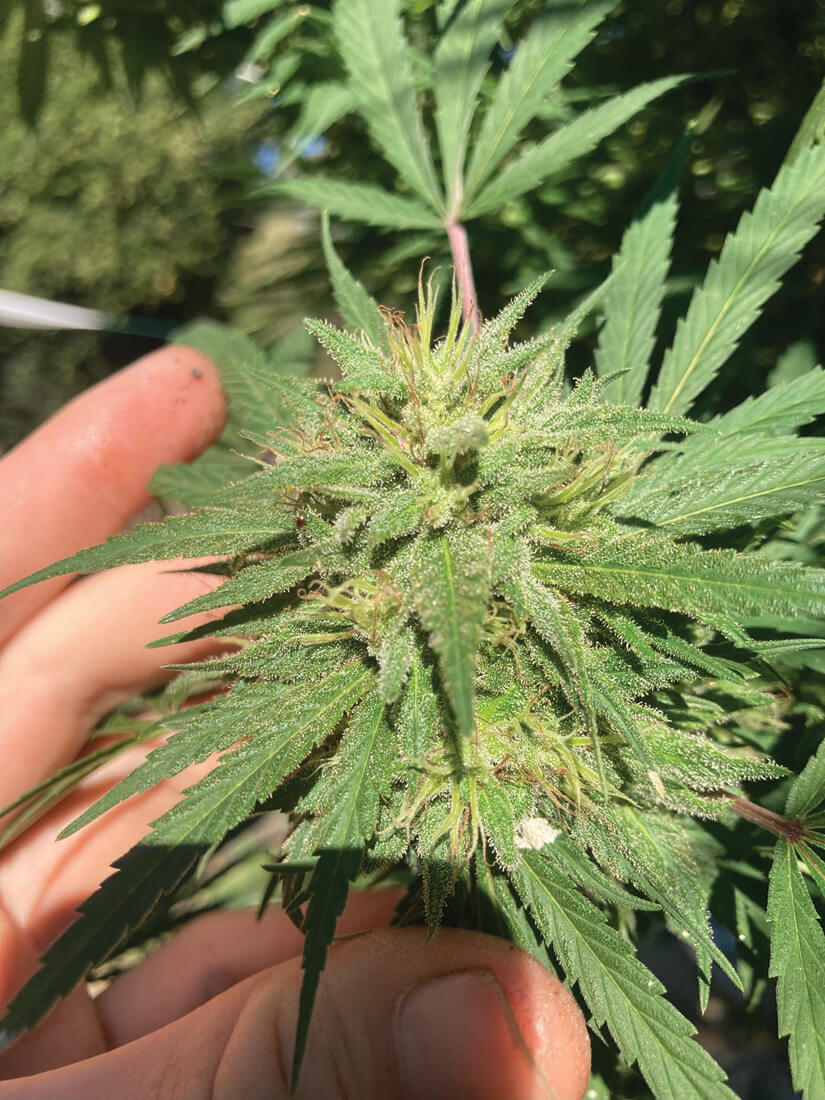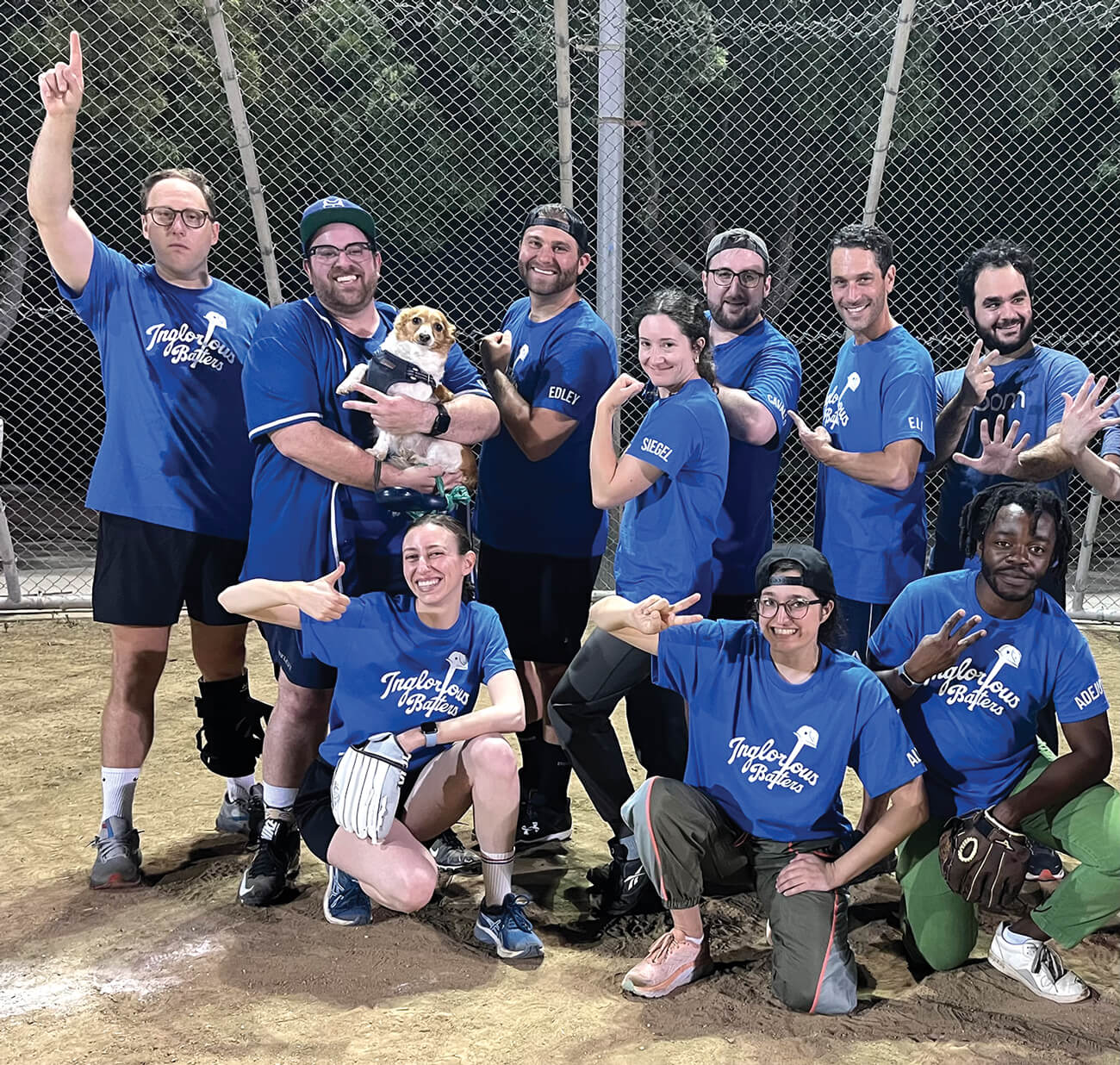Springtime was Sick Time for California Sycamores | |
Springtime was Sick Time for California SycamoresOne of the joys of springtime in the Santa Monica Mountains is the greening of the California sycamore (Platanus racemosa) and other trees that lose their leaves during winter.
Although the late spring rains were mostly a blessing, there was a downside for sycamore trees. Waiting dormant on the branch tips, the anthracnose fungi (Apiognomonia veneta) found perfect growing conditions and sprang into action.
Spores carried by the winds and rains quickly turned newly emerging leaves brown and left them hanging limply on the branch tips. On some trees the new green leaves died within a week, and it will take at least a month for another set of new leaves to emerge. While generally not sufficiently strong to kill the tree, anthracnose fungi can definitely weaken them, as they have to use stored energy reserves to push out another set of replacement leaves.
The good news is that the trees generally recover. If your tree was hard hit, the best way to prevent spread is to rake up and remove all the fallen leaves and twigs during the summer and fall. Light pruning of the most affected twigs and branches can also reduce the retention of the fungal spores in the tree, but it is important to make sure that any pruning tools are carefully disinfected to prevent spread. Make sure that sprinklers are redirected to keep the lower canopy branches dry. Spraying with fungicide is costly and generally not recommended as a preventative measure. Anthracnose killed leaves with regrowth on California Sycamore growing along Topanga Canyon Blvd. Photo by RCDSMM Stream Team |
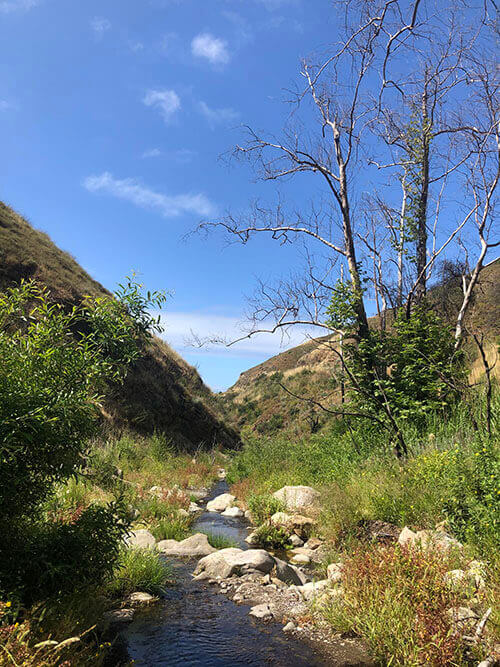 Photo by RCDSMM Stream Team In the Santa Monica Mountains, we see outbreaks like this every time we have a wet spring, but following the seven-year drought, sycamore trees in the wildlands and creeks were especially vulnerable. California sycamores are generally found where they can sink their roots into the water table and, in doing so, provide important habitat along many of our creeks.
The beautiful specimen tree located two miles north from PCH on Topanga Canyon Blvd. is a beacon of home to many residents of Topanga. This sycamore survived the 1980 flood that destroyed most of the road, and holds up the bank, providing shade to the creek below.
However, when anthracnose delays the regrowth of the canopy, the pools below warm up in the sunshine and breeding conditions for native frogs deteriorate.
Unfortunately, anthracnose is not the only threat to our native sycamores, especially as temperatures rise during the summer. As the drought progressed, trees along the creeks became stressed and more susceptible to a relatively new invasive beetle, the tiny Invasive Shot Hole Borer (ISHB: Euwallacea sp.). These invaders from Southeast Asia spend most of their lives inside the tree where they create tunnels throughout the trunk and branches. The entry hole visible on the trunk is about the size of the tip of a ballpoint pen. The females farm pathogenic fungi (Fusarium euwallaceae) on the walls of the galleries to feed their young. Both the tunnels and the pathogen physically disrupt transport of water and nutrients throughout the tree causing dieback and eventual death. Their reproductive cycle from egg to new adults is about 40 days, with multiple broods possible per year. Only the females can fly, so the few males in the brood mate with their sisters inside the tree, then die. Because they are weak fliers, spread is often due to moving infested wood from trees that have died.
 | 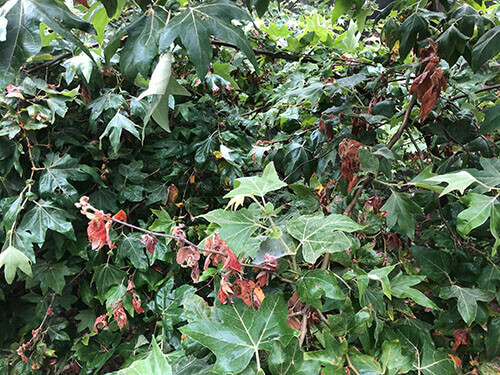 Photo by RCDSMM Stream Team California sycamores are a preferred reproductive host for ISHB, although this pest has attacked over 300 species of trees. Research is ongoing to determine the distribution of these pests in the mountains, but infestations have been documented in Calabasas, Malibu, Ramirez Canyon, Thousand Oaks, and Topanga. With funding from LA County Supervisor Sheila Kuhl, the RCDSMM has been working to document the extent of the infestation. Thus far, the beetles are taking a toll in hot spots, but are not yet found everywhere.
We need to know more, and you can help. Using iNaturalist, you can join the Ventura and LA County Bad Beetle Watch project and contribute your observations of trees in your neighborhood or along your hiking trail. To learn more, you can find training documents on our website (rcdsmm.org/resources/caring-for-your-oak-trees) and take the full training provided by the University of California Cooperative Extension (campus.extension.org/enrol/index.php?id=1704).
The Los Angeles Agricultural Commissioner is starting an extensive trapping program this summer, but visual surveys such as those done in your own backyard provide the best level of detection. If you think you see a problem, you can report it (acwm.lacounty.gov/entomology-and-plant-pathology-laboratories)
For general insect or plant disease problems or to report suspect trees, contact Plant Pathology: (562)622-0433; or Entomology: (562)622-0431.
In-person volunteer training has been postponed until fall due to covid-19 restrictions, but the beetles are already reproducing as the temperatures rise.
Check out the RCDSMM website for updates and other opportunities.
Resources: https://ucanr.edu/sites/pshb/;
https://www.rcdsmm.org/resources/caring-for-your-oak-trees/  | | | | | | | | | | | | | |
|
|
|
|
|




